Photographers: Ricardo Oliveira Alves
Architectural photographer and architect Ricardo Oliveira Alves comes from Lisbon. He already contributed his Forgotten Masterpieces and has many more to share via Architectuul’s Pinterest Board.
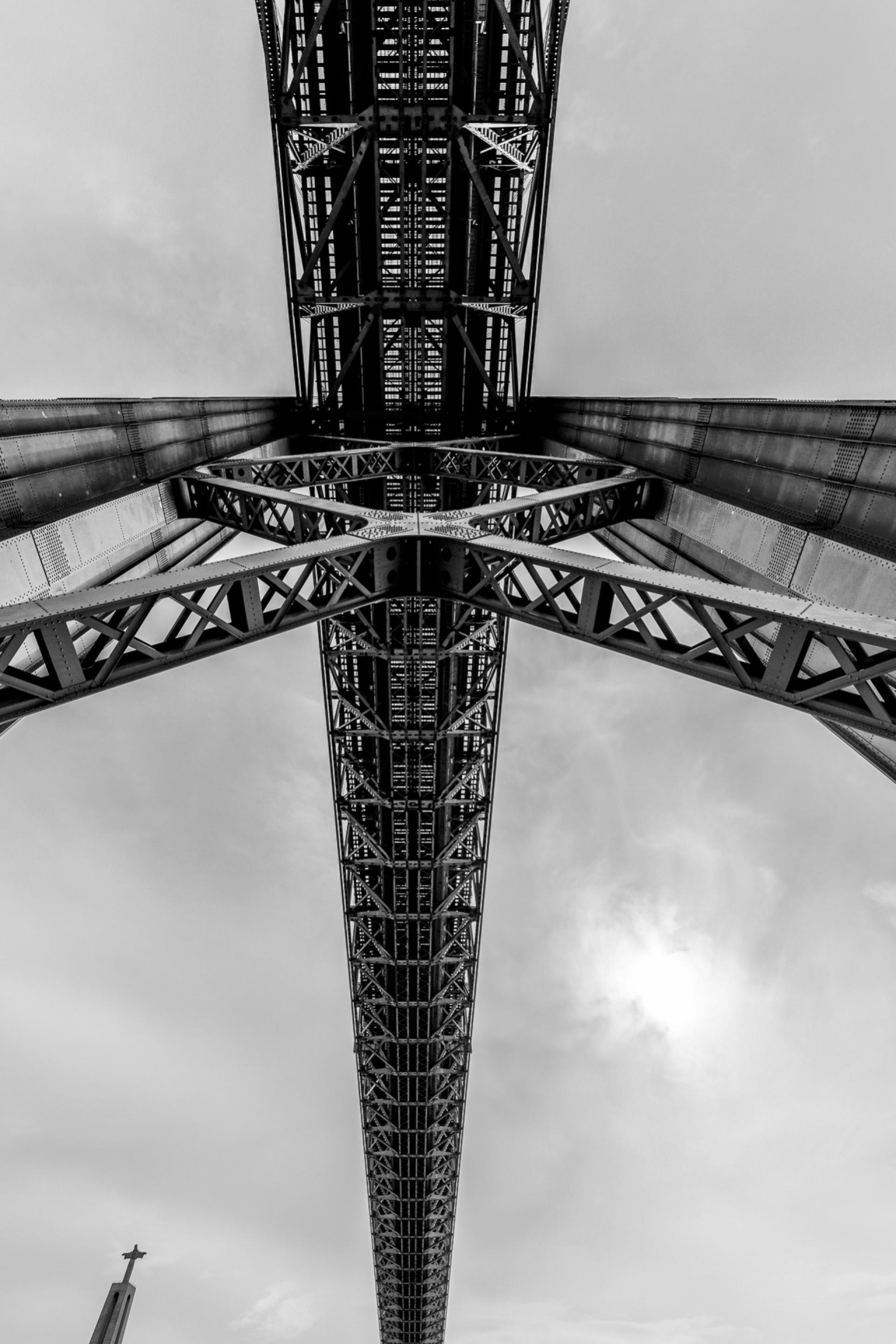
How did you started with architectural photography?
ROA: Although I acquired my first camera at the age of 14 and photographing ever since, the architecture training gave me not only technical but also cognitive tools. Architectural photography is something that comes up as an extension of the professional activity and one of the main reasons to be succeeded is due to that knowledge.
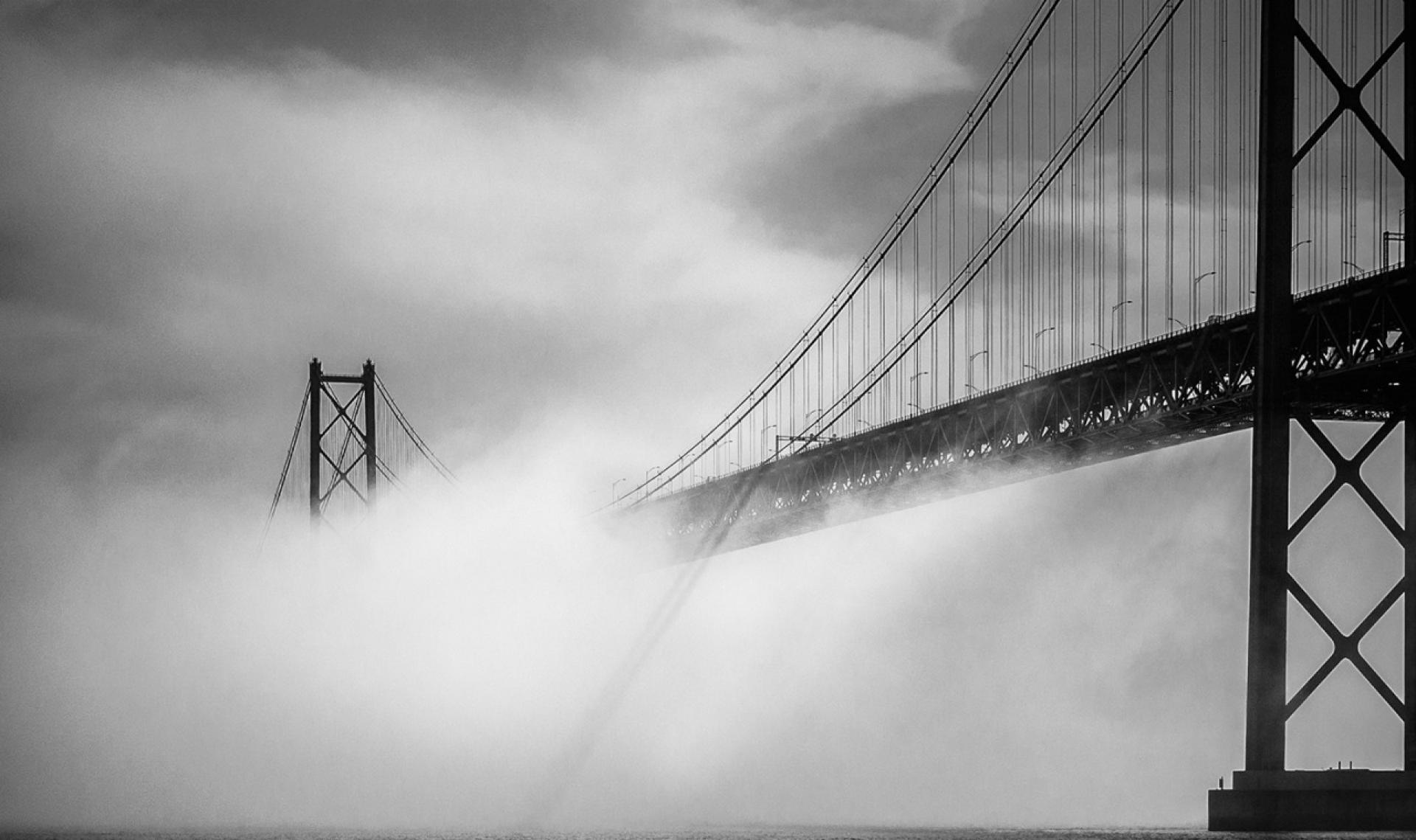
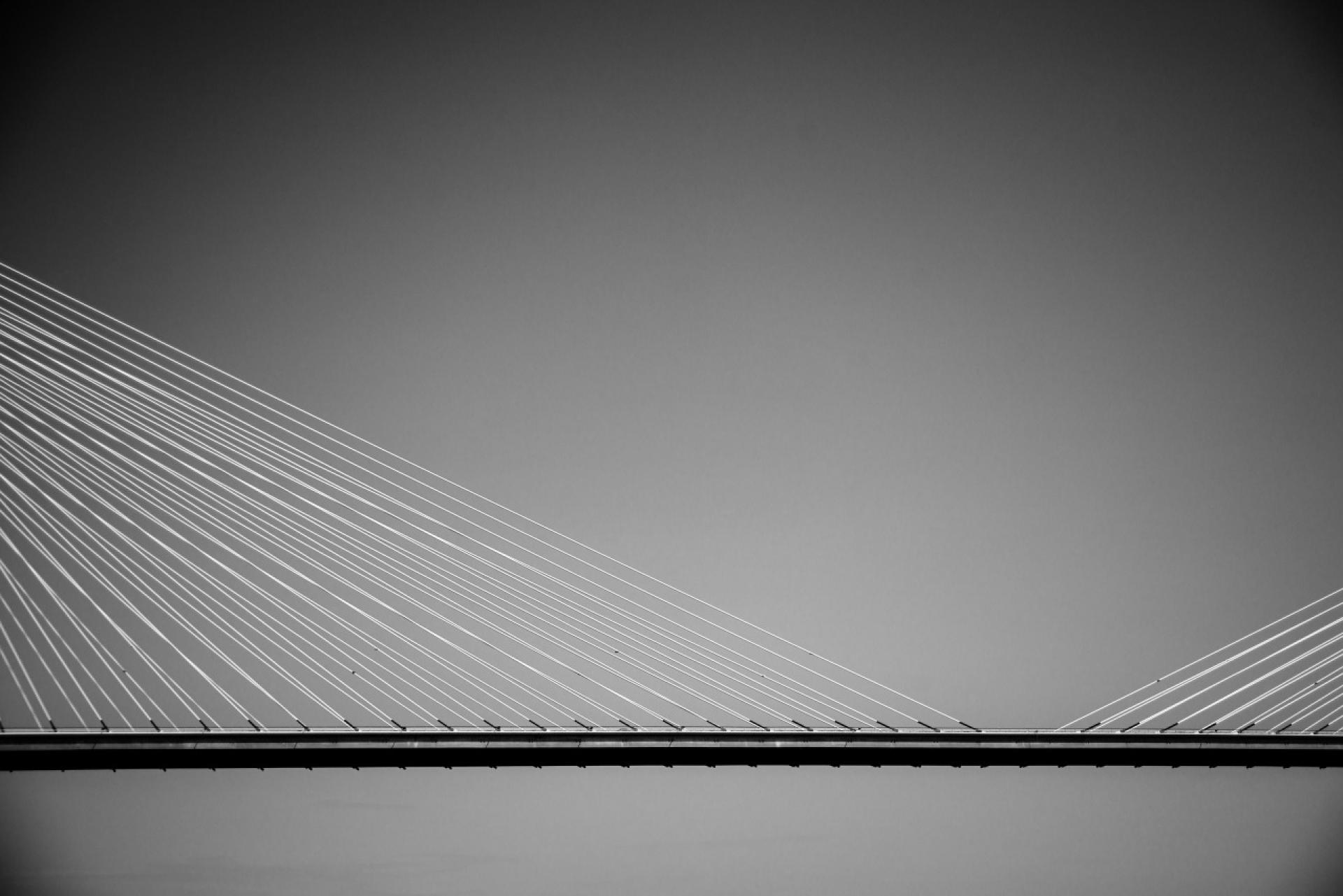
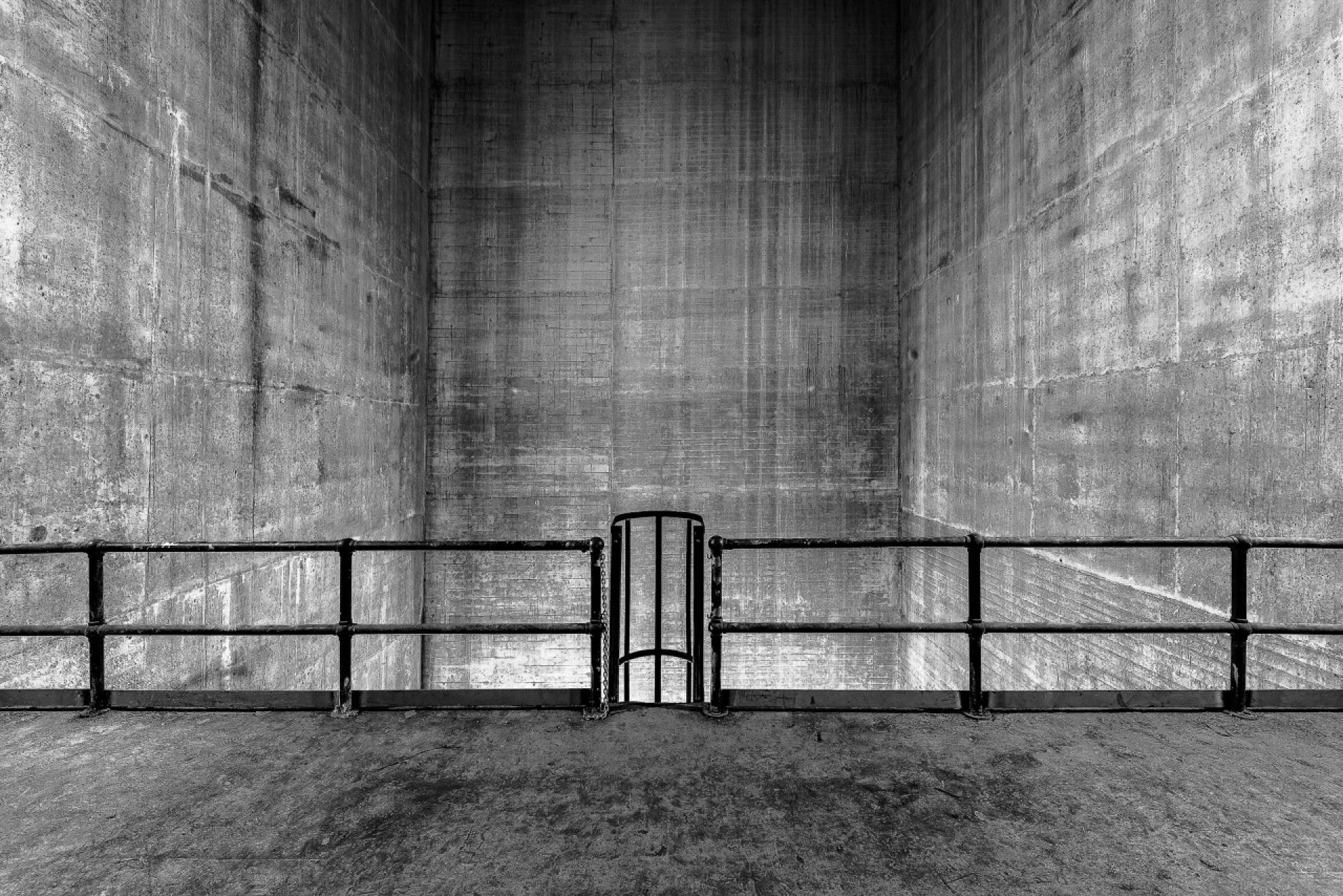
I began with architecture photography when I worked with Samuel Torres de Carvalho. Himself, a great lover of art and a great photographer, pushed me to shoot his works.
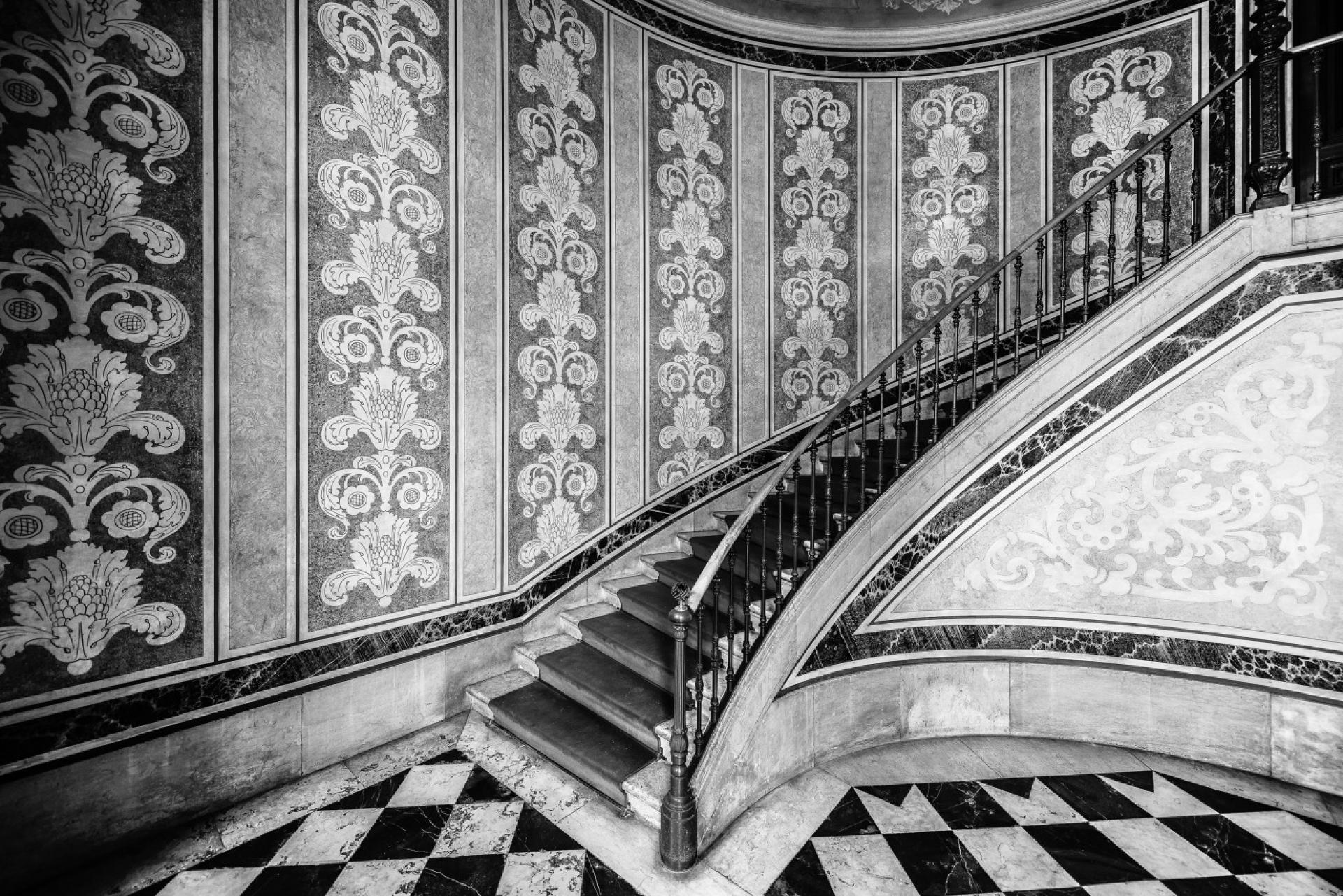
What is the role of photography in architecture?
ROA: It remains the most inexpensive and effective way to communicate architecture as holds the value of being an immediate and agile way to bring architecture to people. This is extremely important because it creates a contact with quality architecture, realizing the importance and reason why hiring an architect. The main objective of photography is to communicate, a photographer is therefore an ambassador of architectural dissemination.
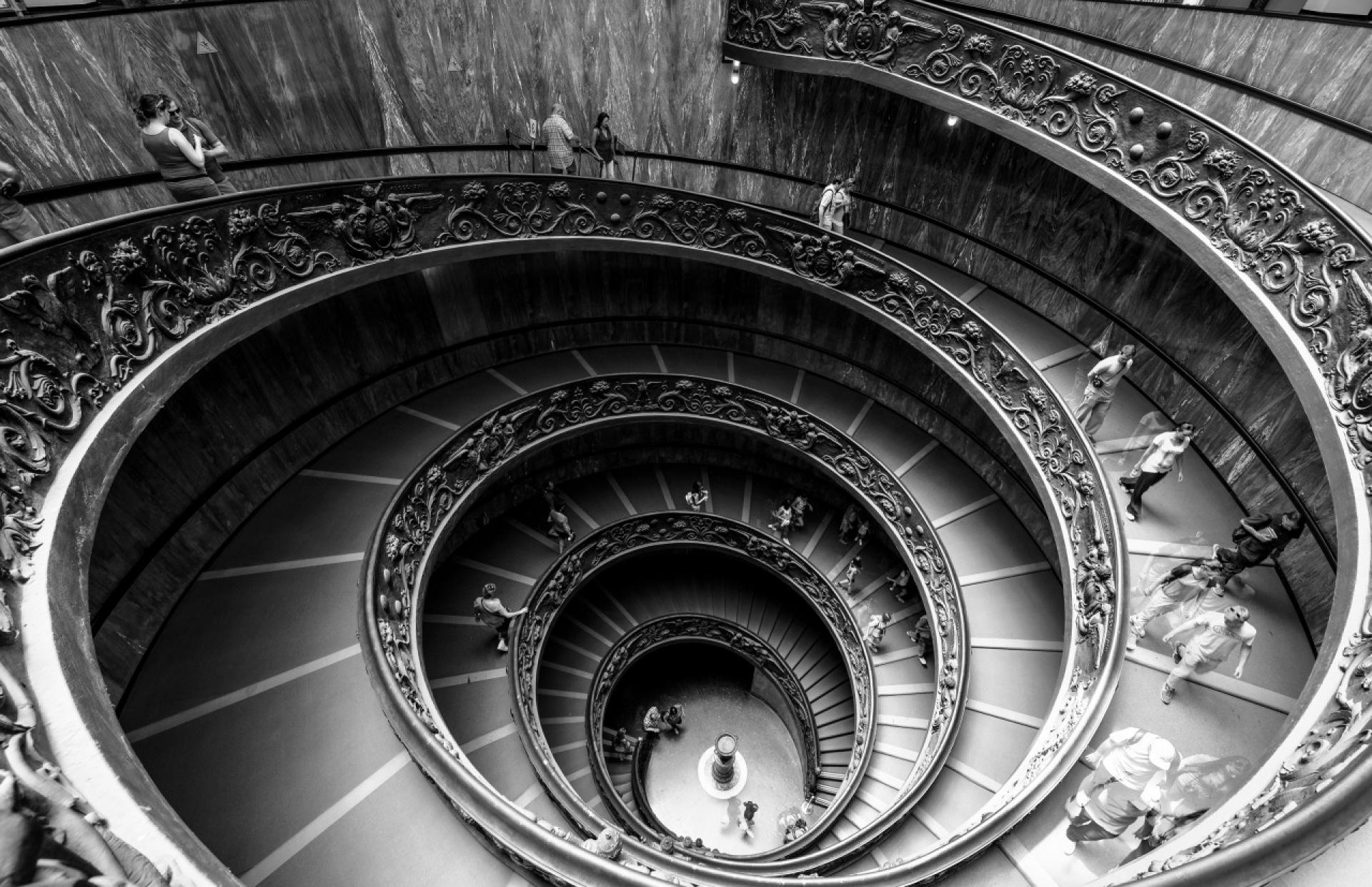
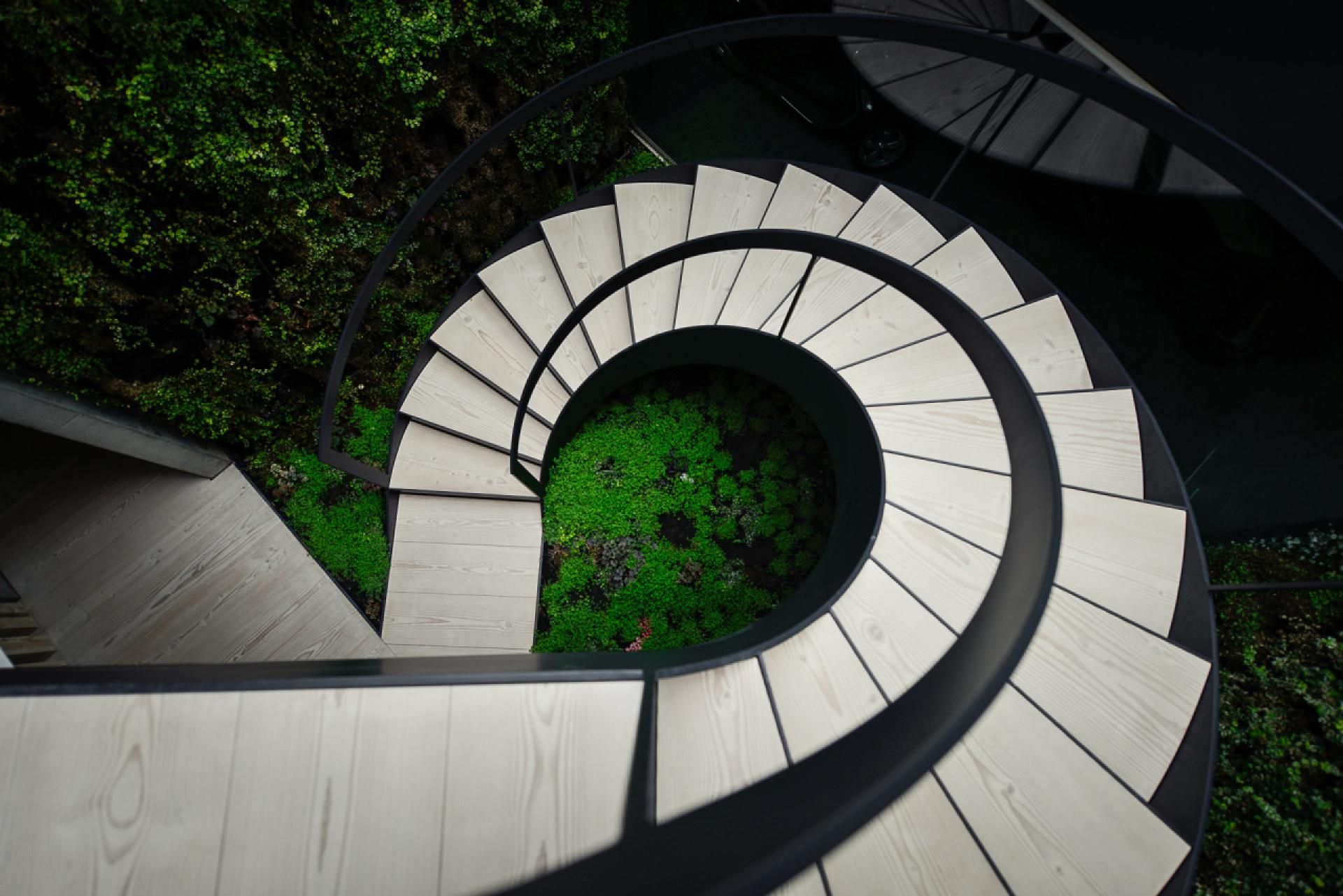
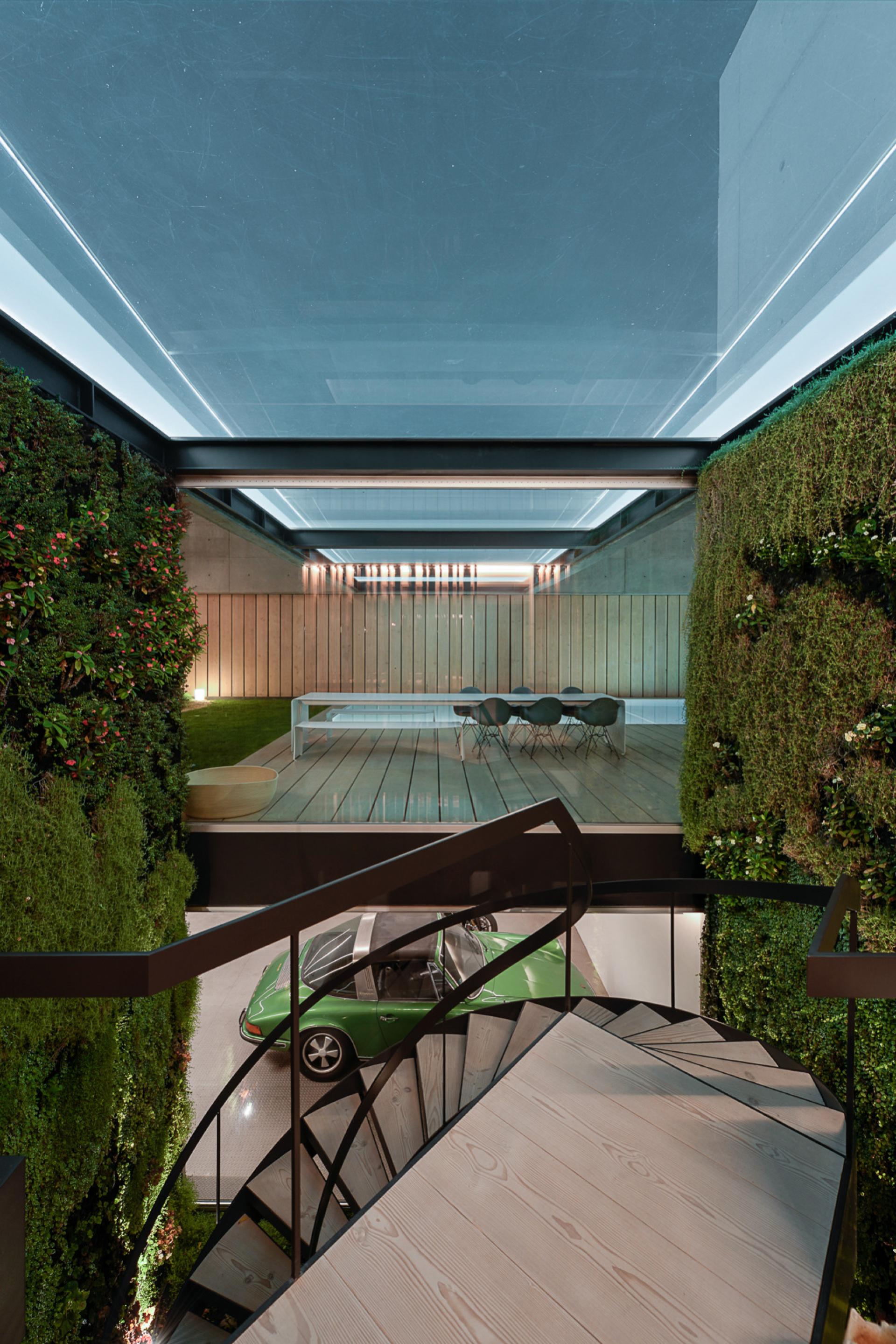
The Wall House is like a wall in a Castle built in concrete, glass and wood.
It is highly reductive to think that one can summarize architecture in photography. Architecture is complex in so many ways, the scent of wood, the density of air, space temperature, the sound of the wider versus tight spaces, the warmness or coldness of light according to the time of the day. These aspects are lost when observing a photo in a two-dimensional way. Therefore I always try to register reality as pure and beautiful as I see, hear and feel.
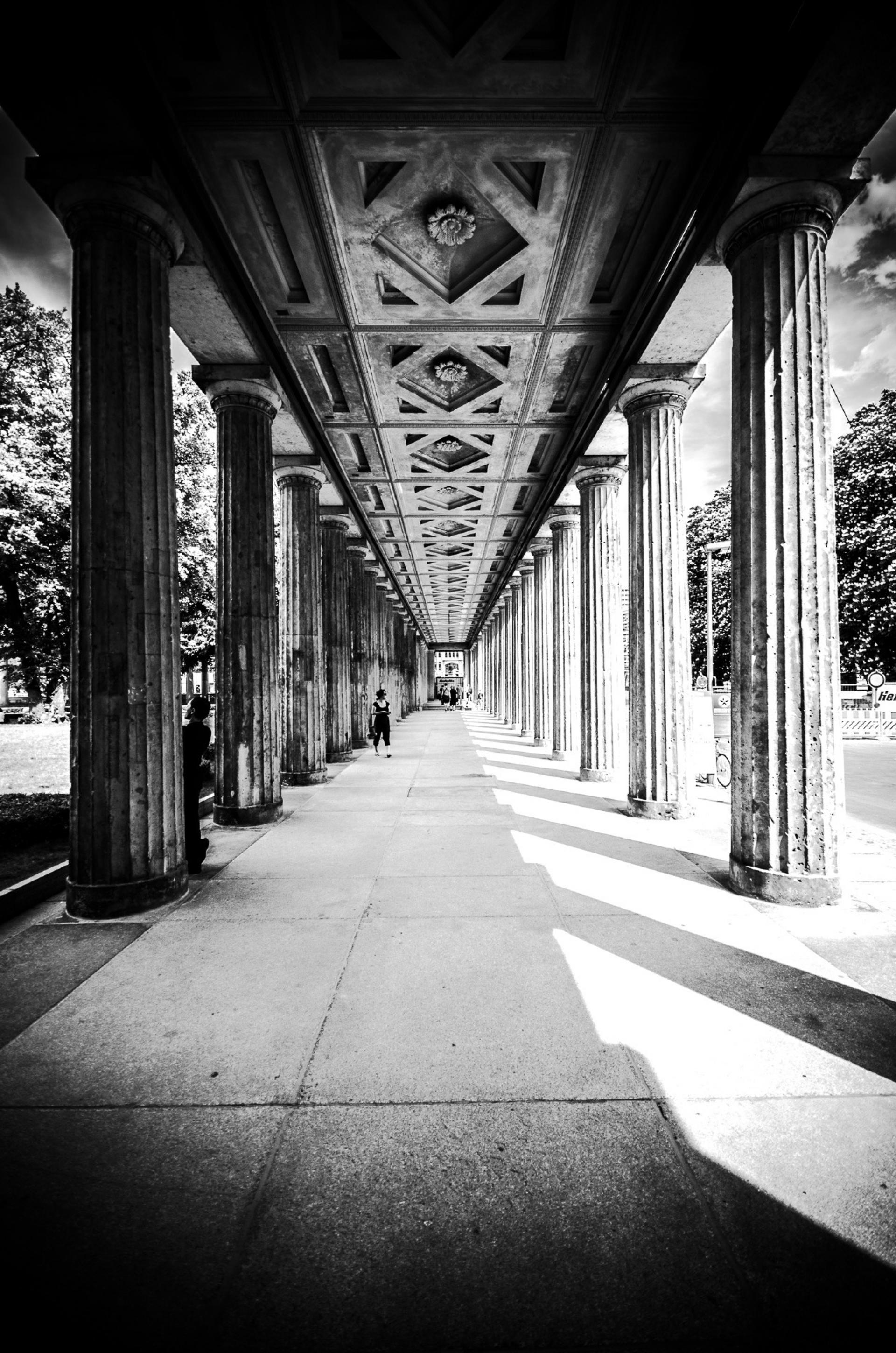
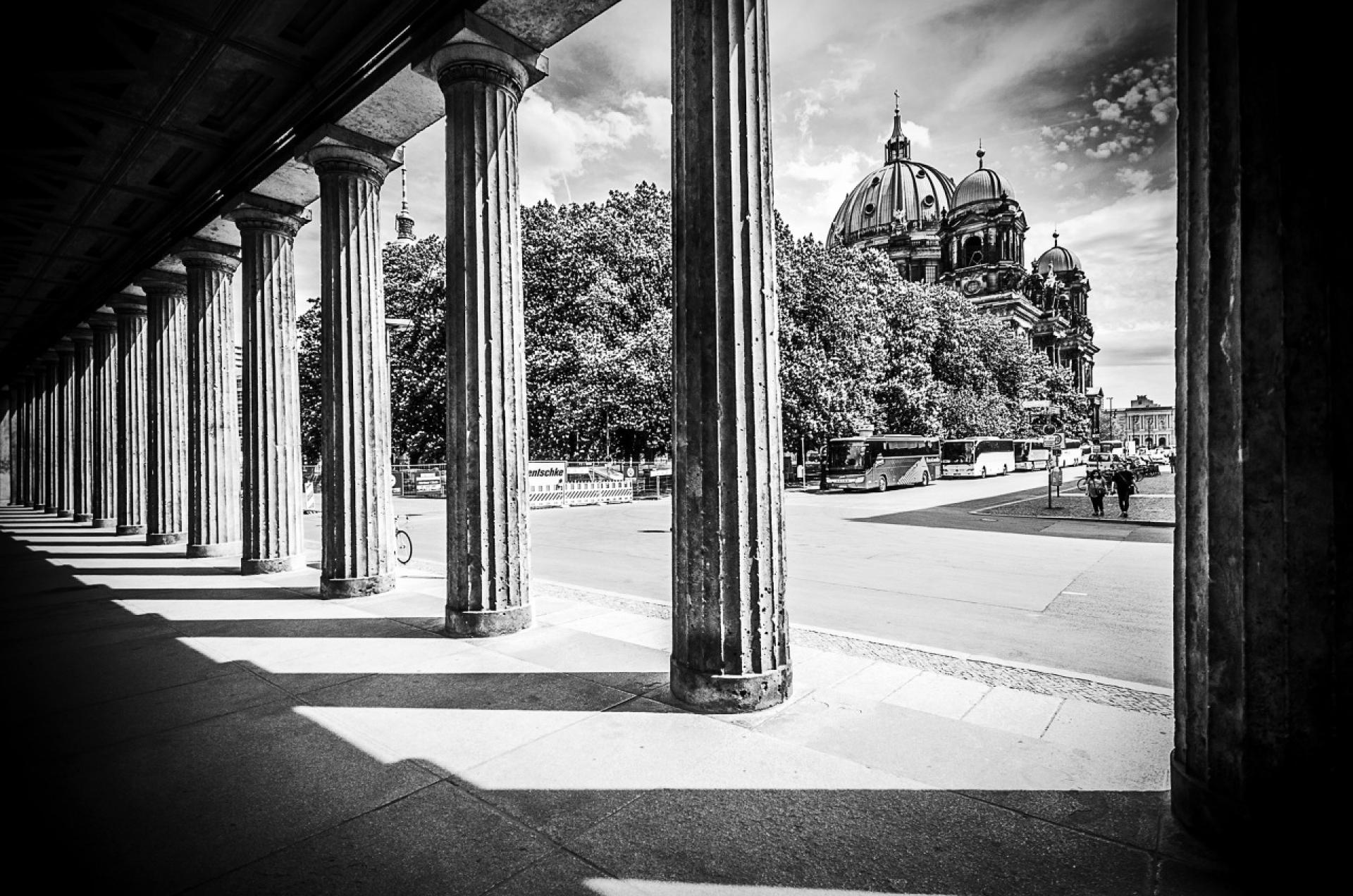
How do you work; which is your approach?
ROA: My work is quite simple and direct. The opportunity to plan photo sessions is quite rare because of tight schedules. In many cases I am the first to enter a built project after being completed, sometimes even before its owners.
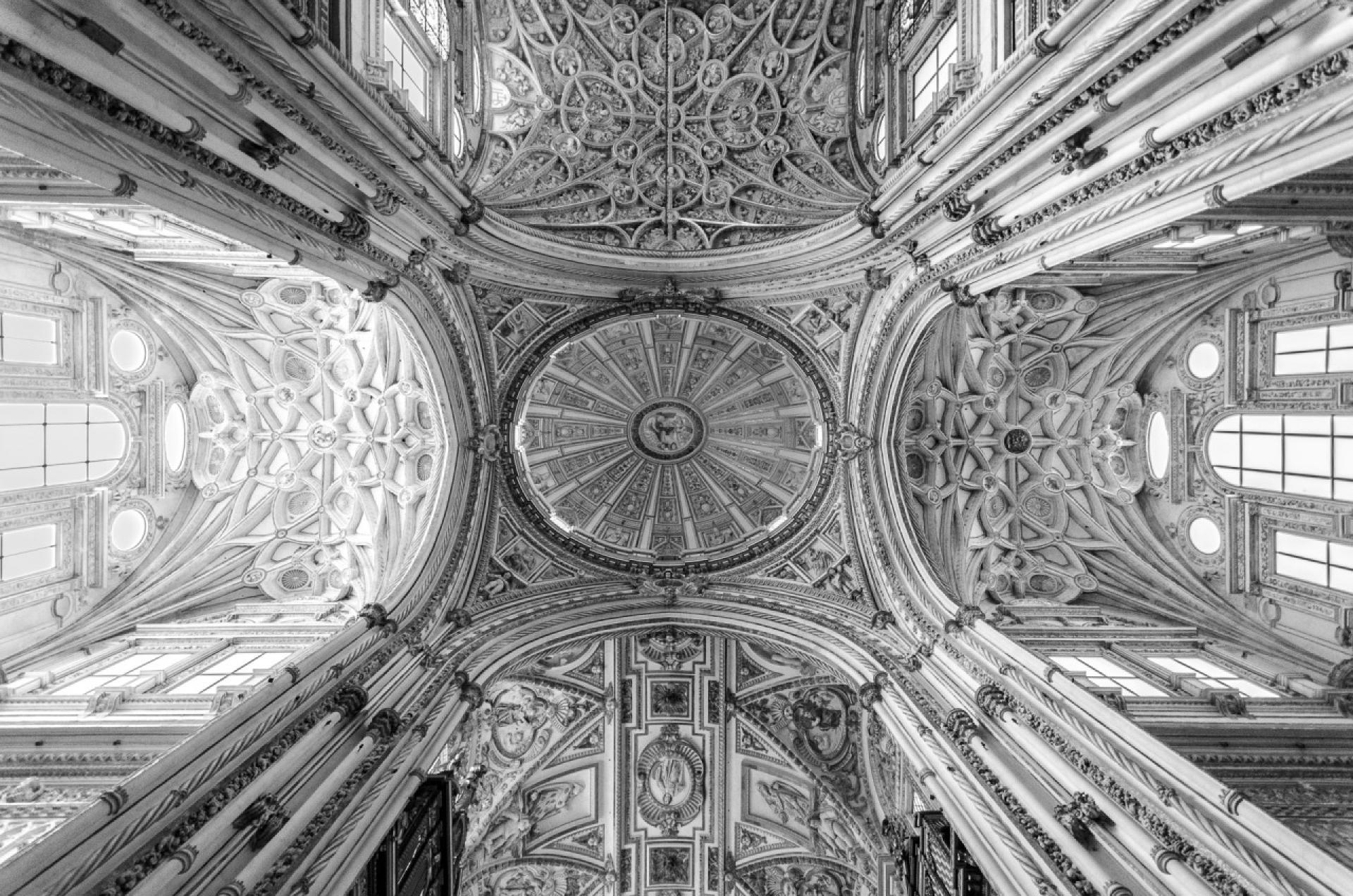
I register space in its natural light, identifying its best qualities. In post-production your senses start to materialize, but our memory can deceive us regarding colors or lights intensity. What matters is to create a tuned sound, like an orchestra tuned in the right rhythm.
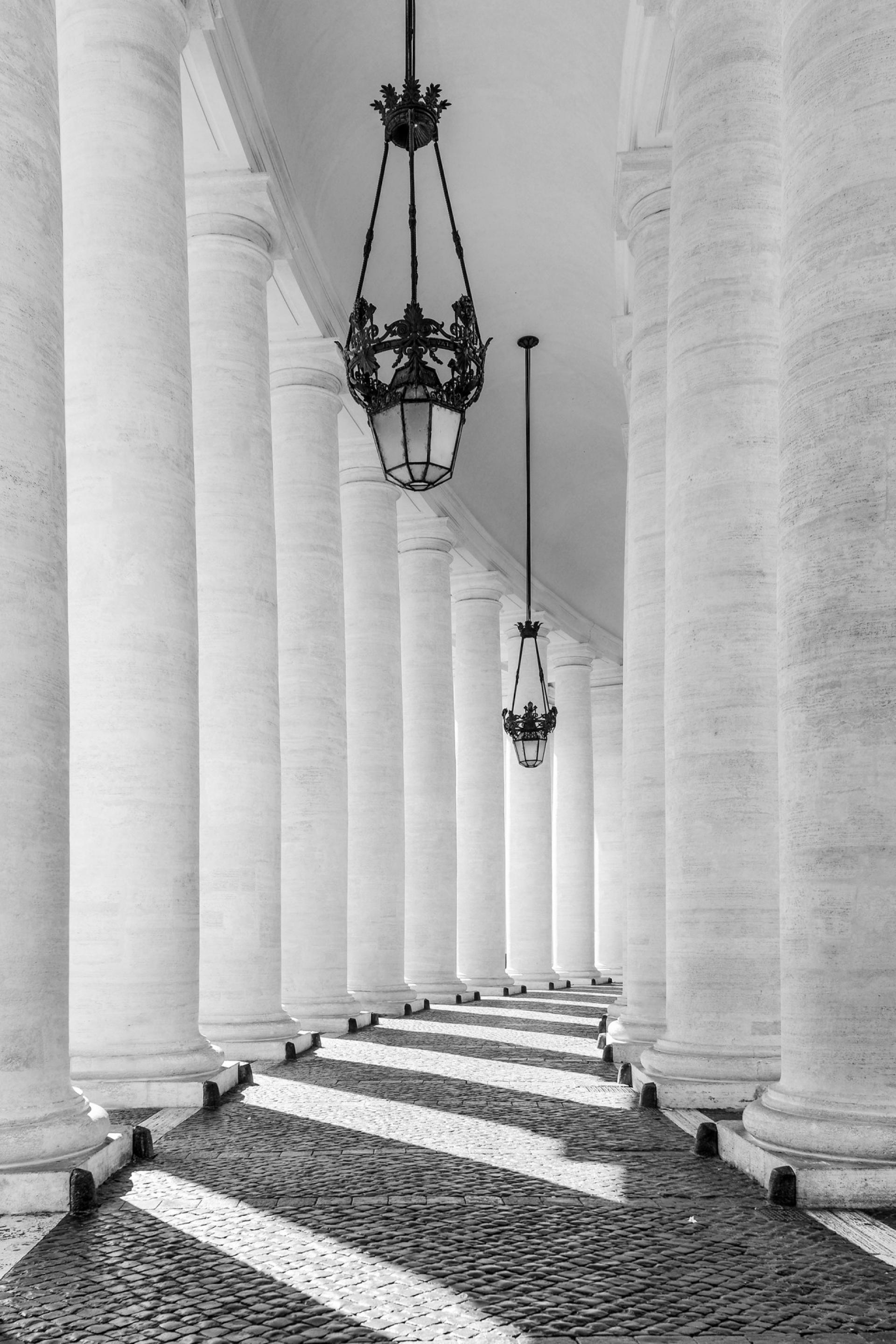
What are the difficulties?
ROA: Managing a company is not easy because you have to deal with many bureaucracies. The most complicated is marketing, customer acquisition and working out the strategies to reach clients with whom you intend to work.
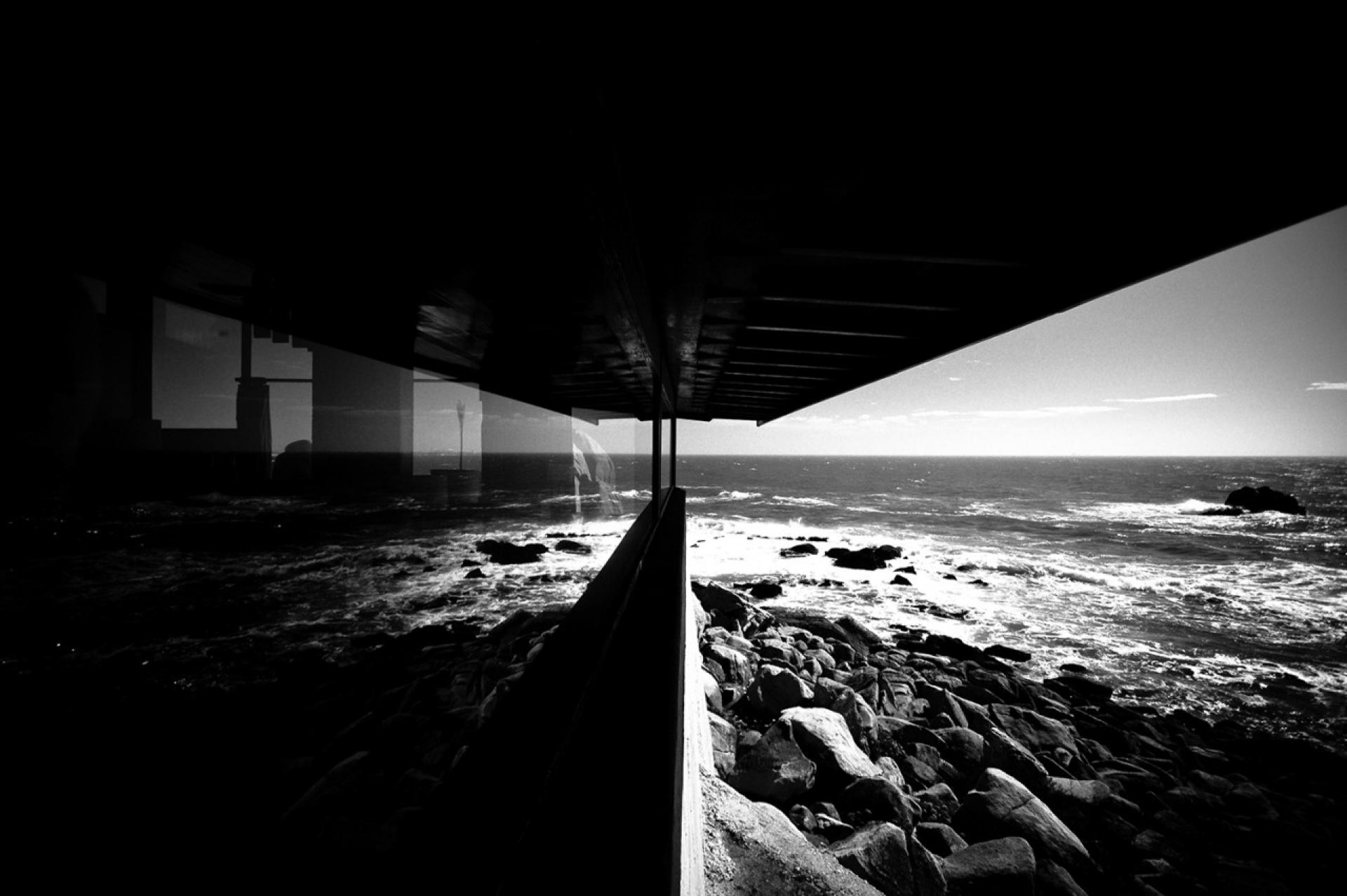
The Siza’s Tea House creates a conversation between nature and people in a dialogue through space, experience and materiality.
There’s insufficient discussion about image licensing. It turns out that fees, applied to image usage endings, are always a theme. As a result the feeling that our work is not recognized gets reinforced. Because clients are paying for our work, they think to possess it and can do whatever they want, share it with whomever they want to.
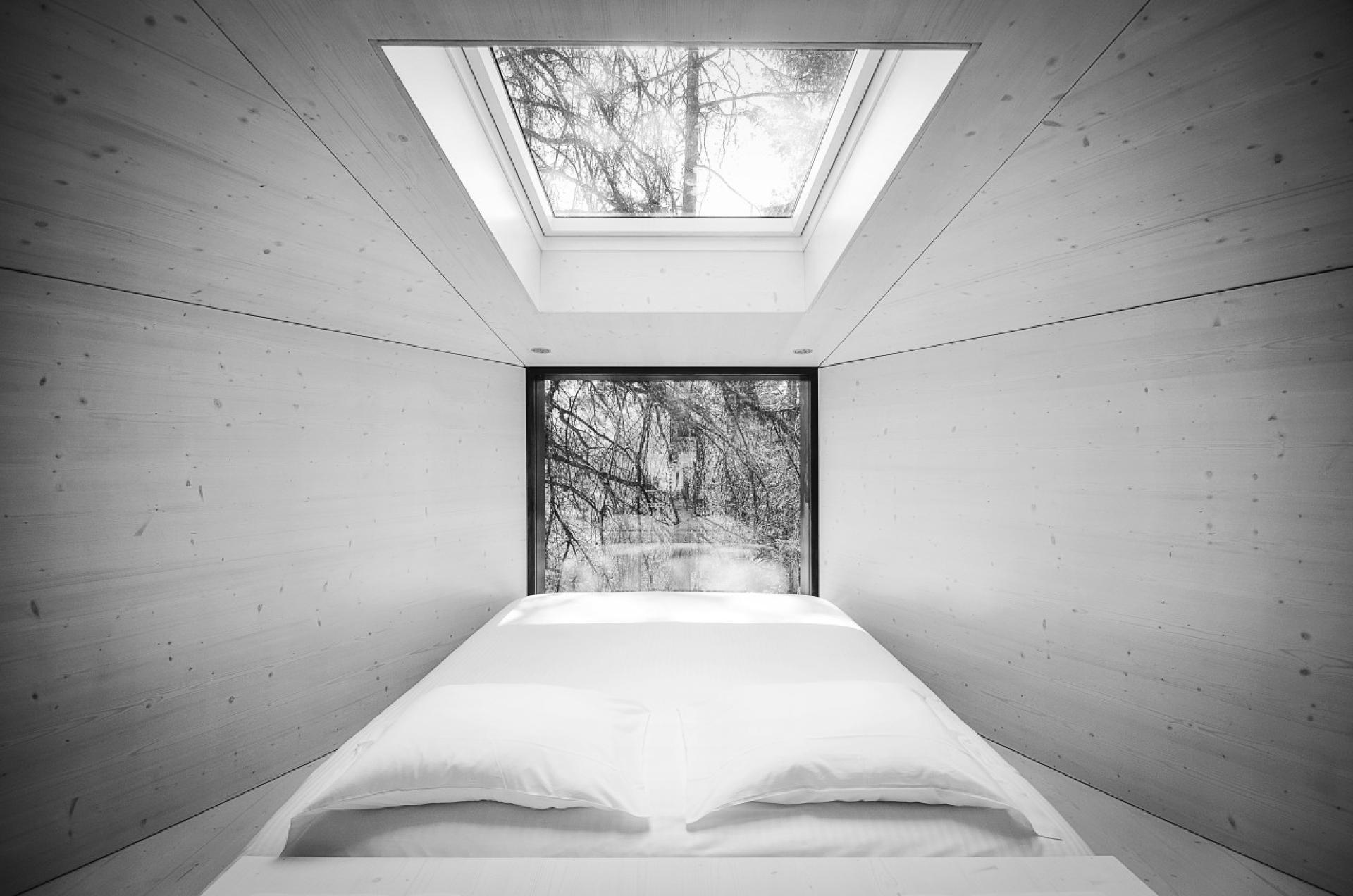
Tree Snake Houses by Luís and Tiago Rebelo de Andrade are away from pre-established concepts associated with the modular construction.
There is a lack of reflection about the financial effort and investment applied in professional material, cameras, lenses, ultra-powerful computers, calibrated monitors, backup discs. Other element that doesn’t help the professionals is the lack of cooperation and deontological code between the photographers themselves, causing great inconvenience to the ones that make their living based on photography and video of architecture alone. Prices keep coming down as new photographers arrive in the market practicing prohibitive fees and in such way destroying the market.
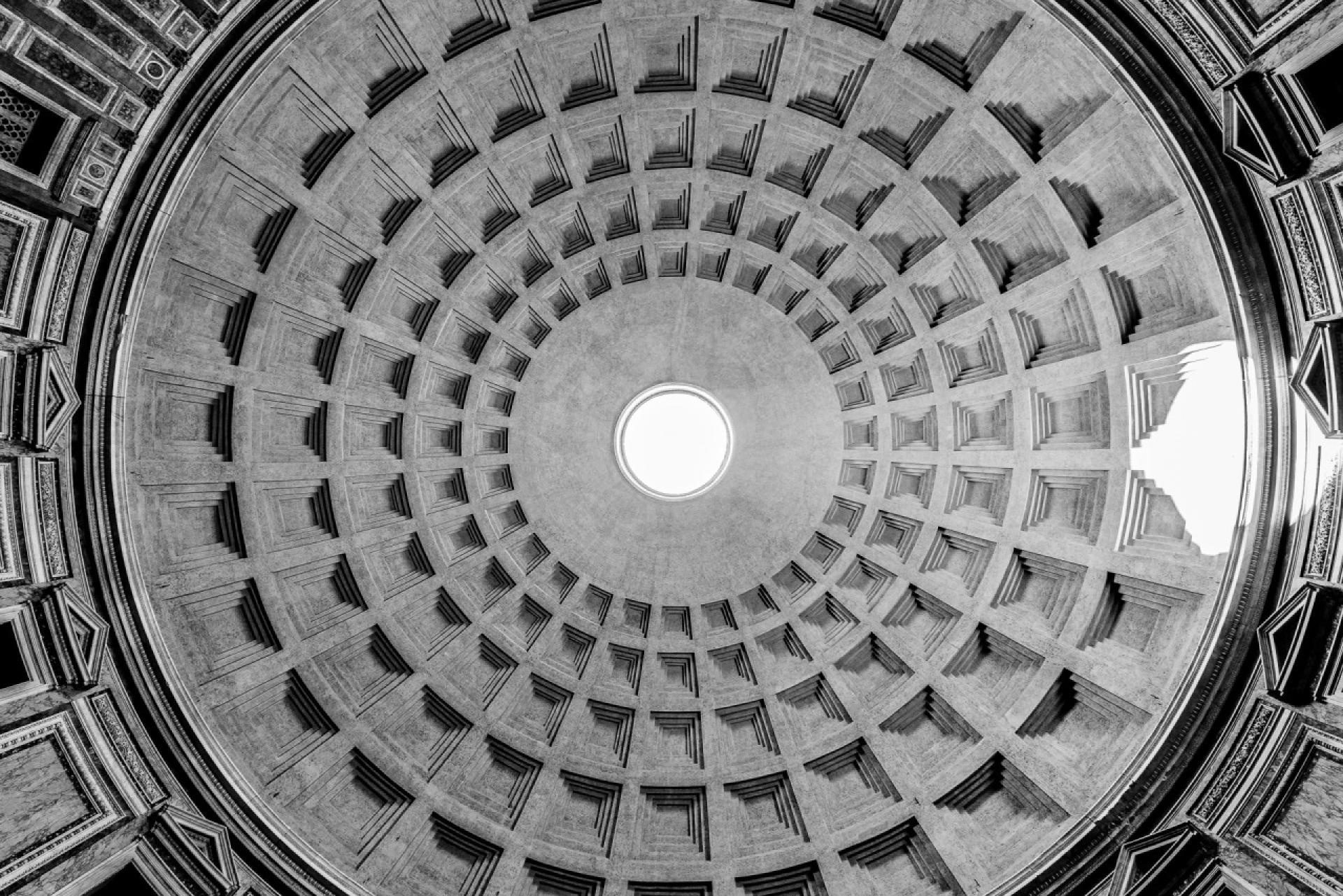
What are you currently working on?
ROA: You can reach an exhibition of my work at the Galeria Trema, representing me since 2017. Three years ago I came up with the urge to realize some different approaches to my work. I wanted to materialize photography into a last longing physical piece, something that could be a step towards a return to photographic imagery contemplation. My art pieces are large format photos, printed in black and white upon alucobond (brushed aluminum plates).
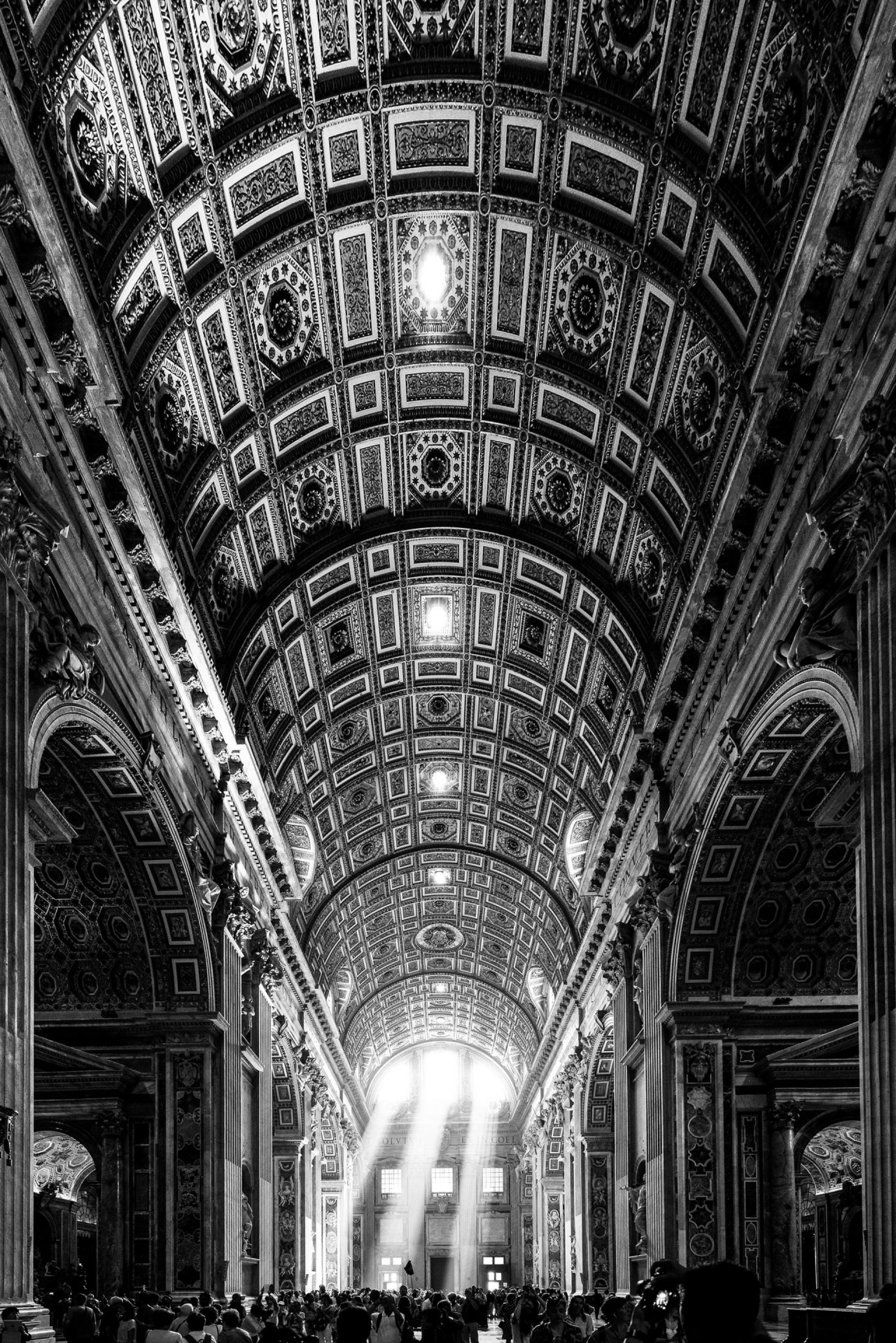
The experience went well and took a direction that has led me to the Venice Architecture Biennial 2016, India (IAD18) and Rome, where I donated my art piece to Pope Francis.
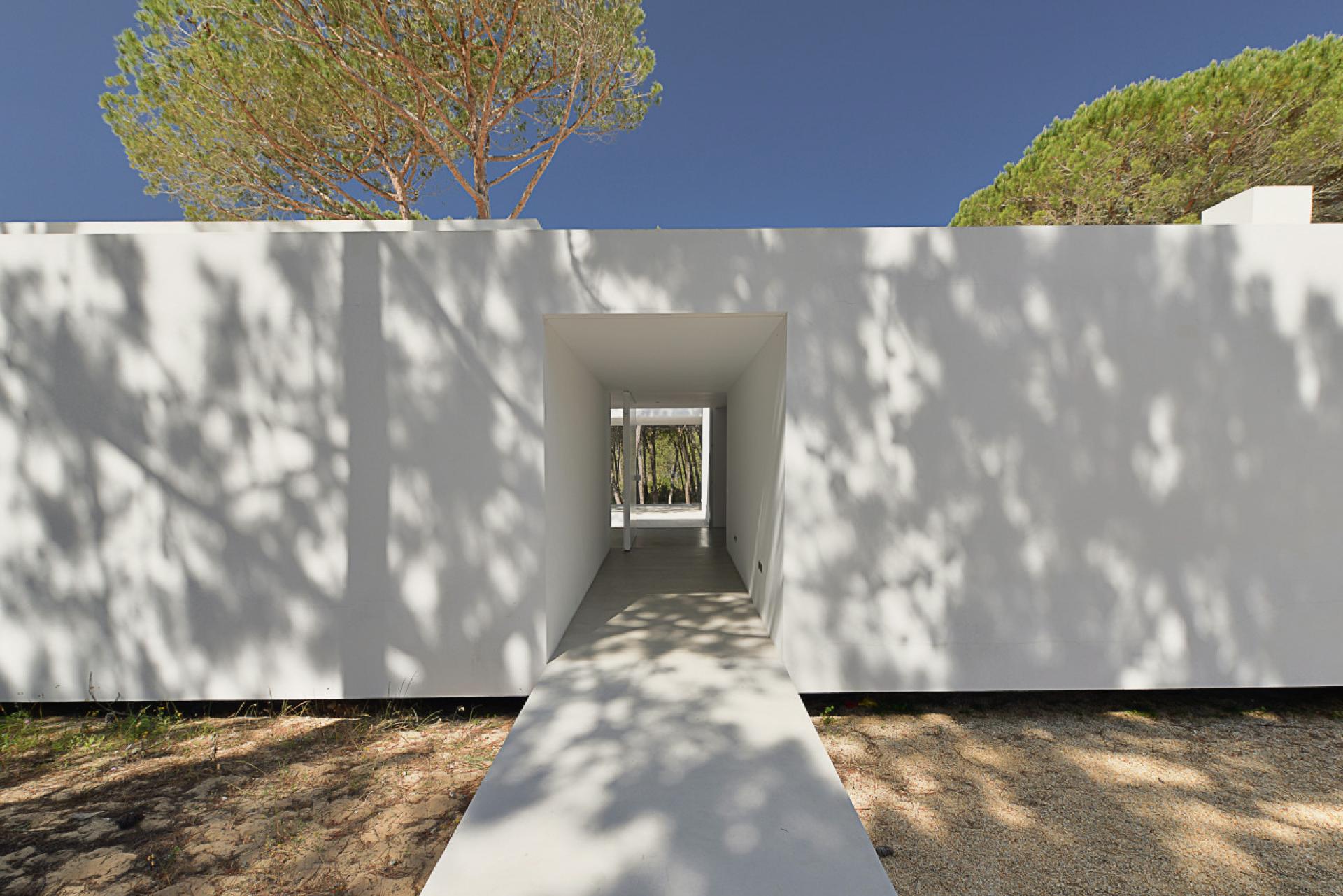
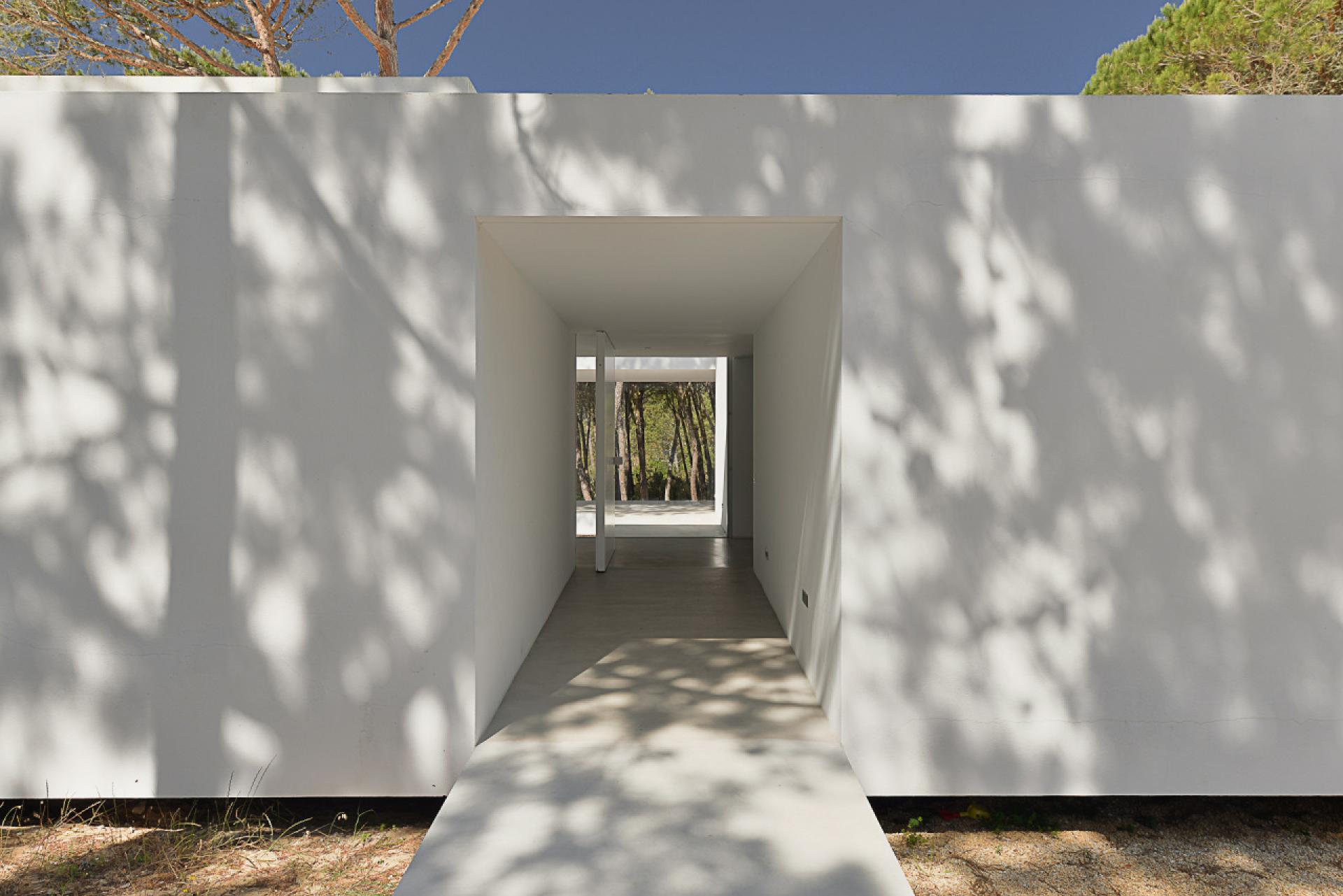
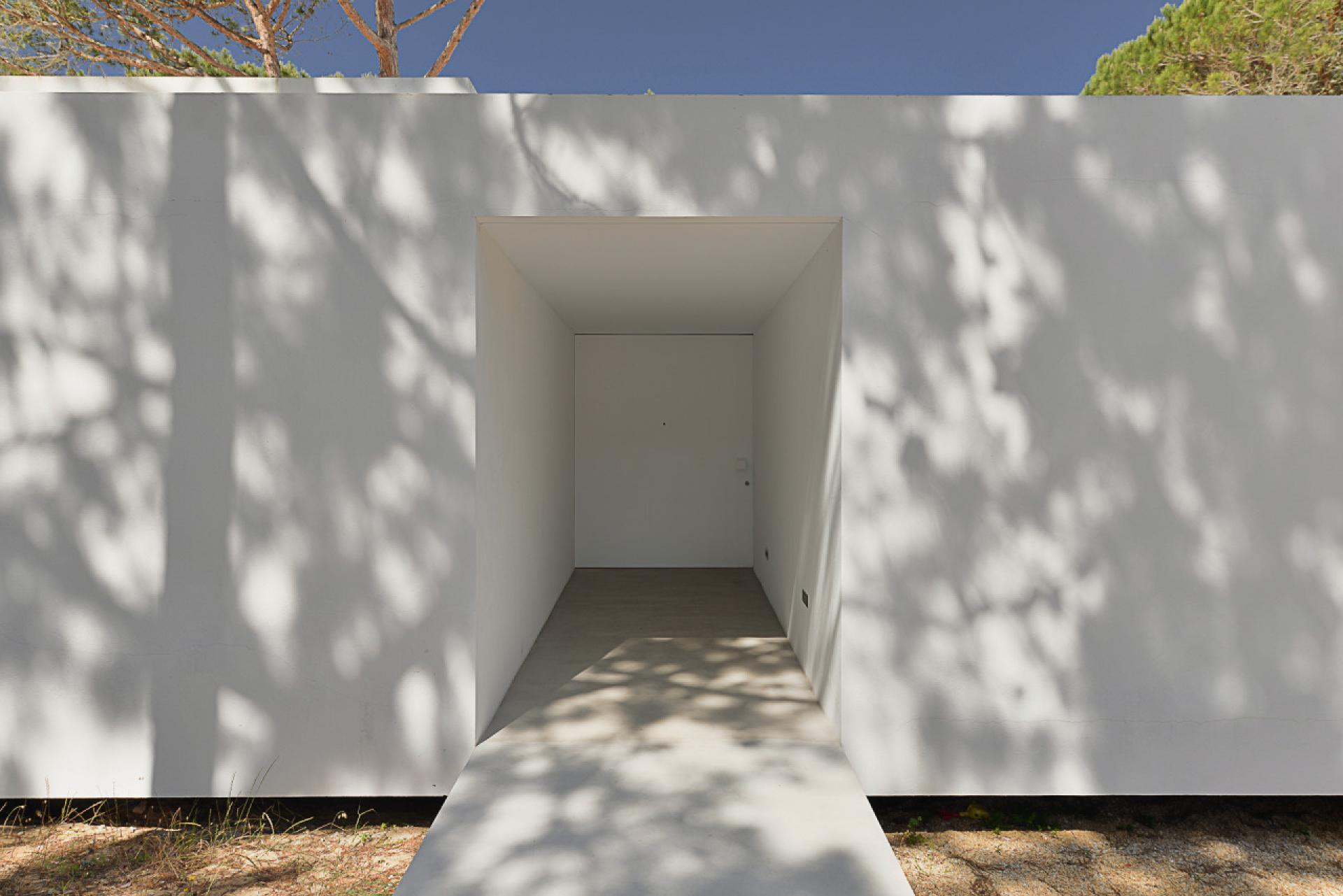
The presence of House Colares defines the plot with sharpe white edges.
Quite recently I shot CTT- Portuguese mail facilities, now I’m registering facilities for OGMA, the aeronautics maintenance repair company. These clients want material for corporate and commercial purposes and I can learn new things from these type of spaces and functions.
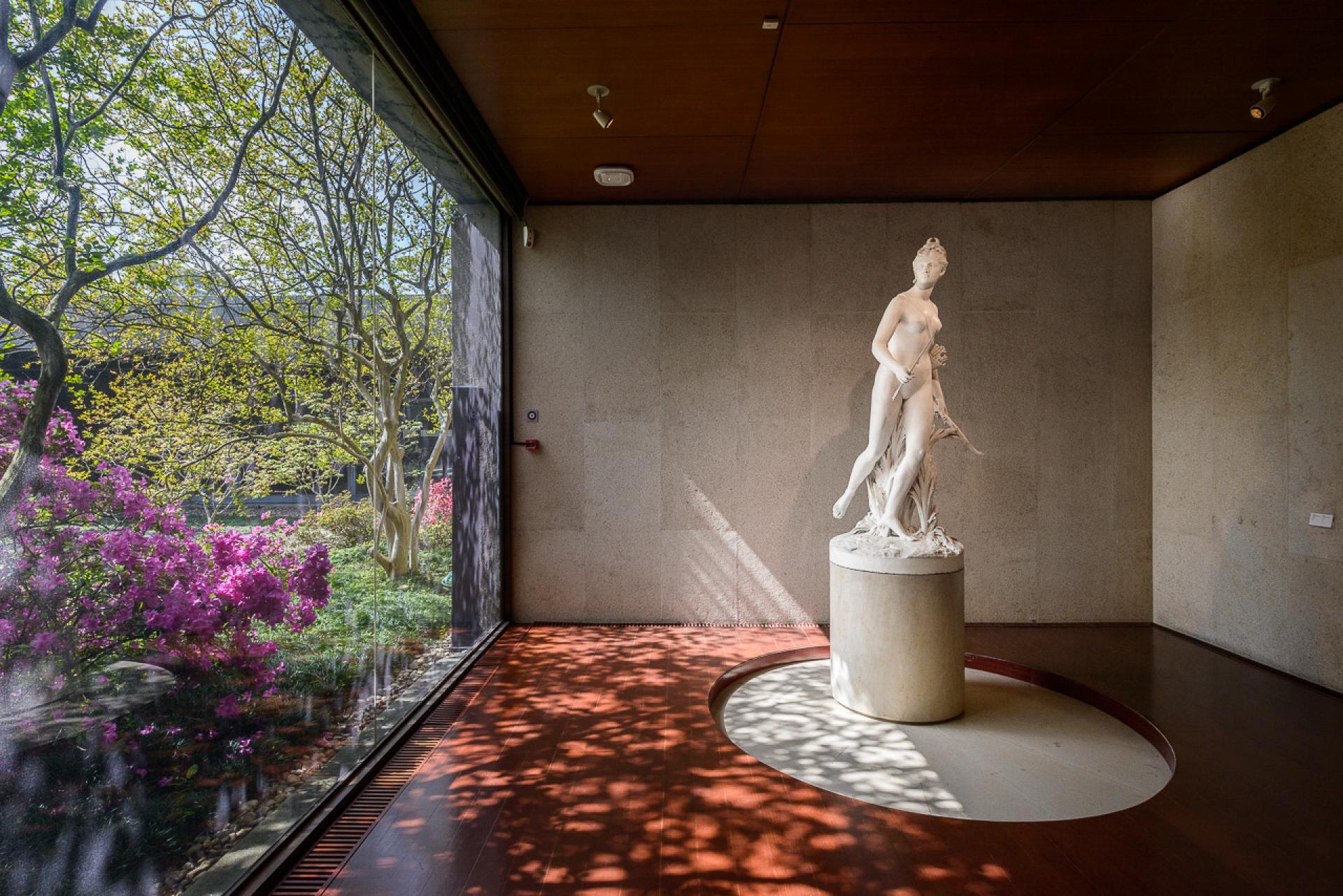
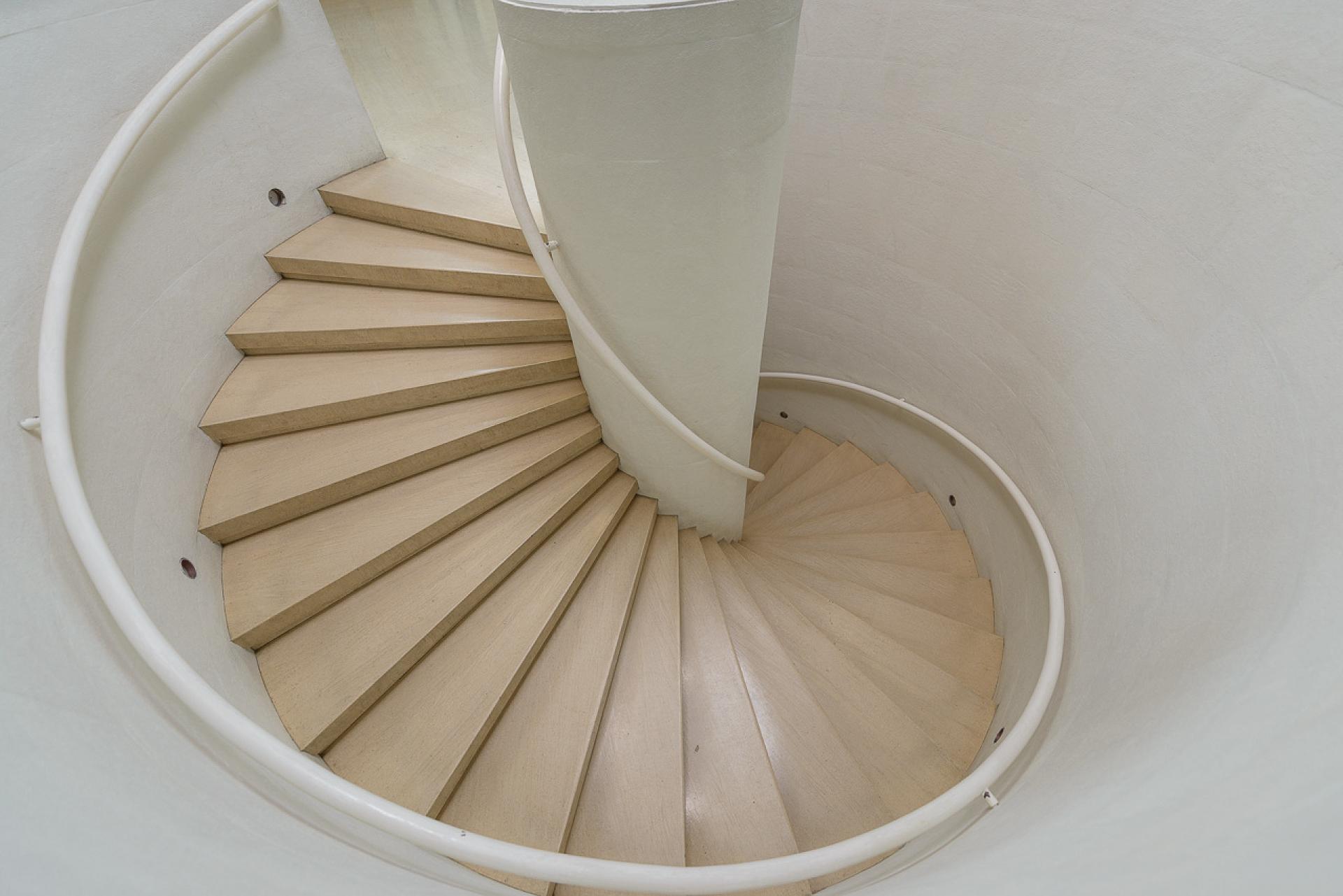
The concrete structures of Gulbenkian Museum are separated but on the other hand interconnected pathways.
What is your inspiration?
ROA: My inspiration comes from each space I get to know. There’s a dialectic process between me and the space, a silent dialog that passes on elements to my senses as the relation gets stronger when I dive into the project. It is like someone you just met and you want to know better because conquers your heart. Of course one must be willing to see or look for the best of it.
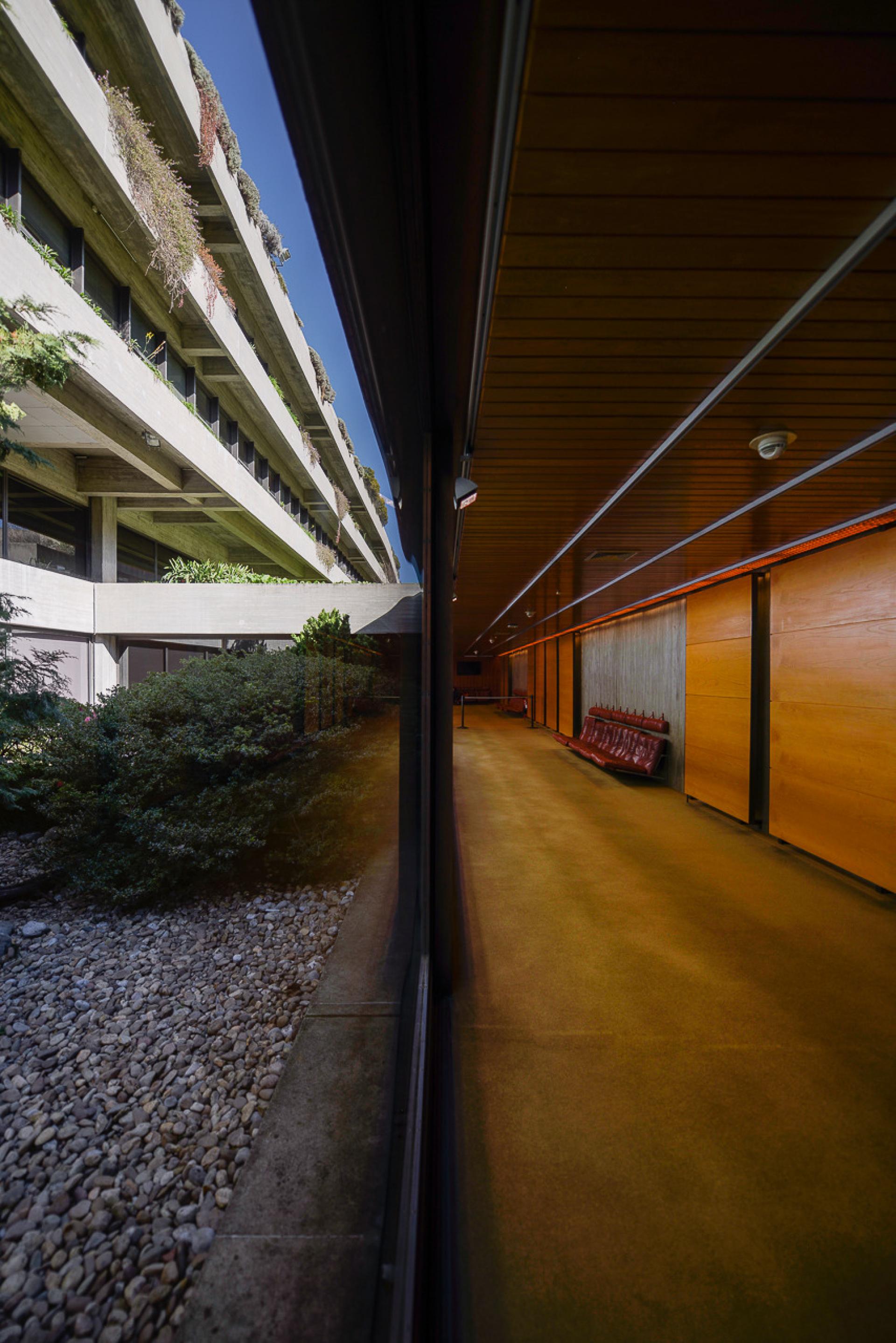
The Gulbenkian Museum design includes two wings in a T shaped format.
My other inspiration is cinema. I love cinema and animation, it’s the source from where I get my main references. For example from Kubrik’s or Miyazaki’s movies. And the amazing work of incredible photographers like Ezra Stoller and Ansel Adams keeps on being an inspiration as well.
Ricardo Oliveira Alves is based in Lisbon, Portugal.